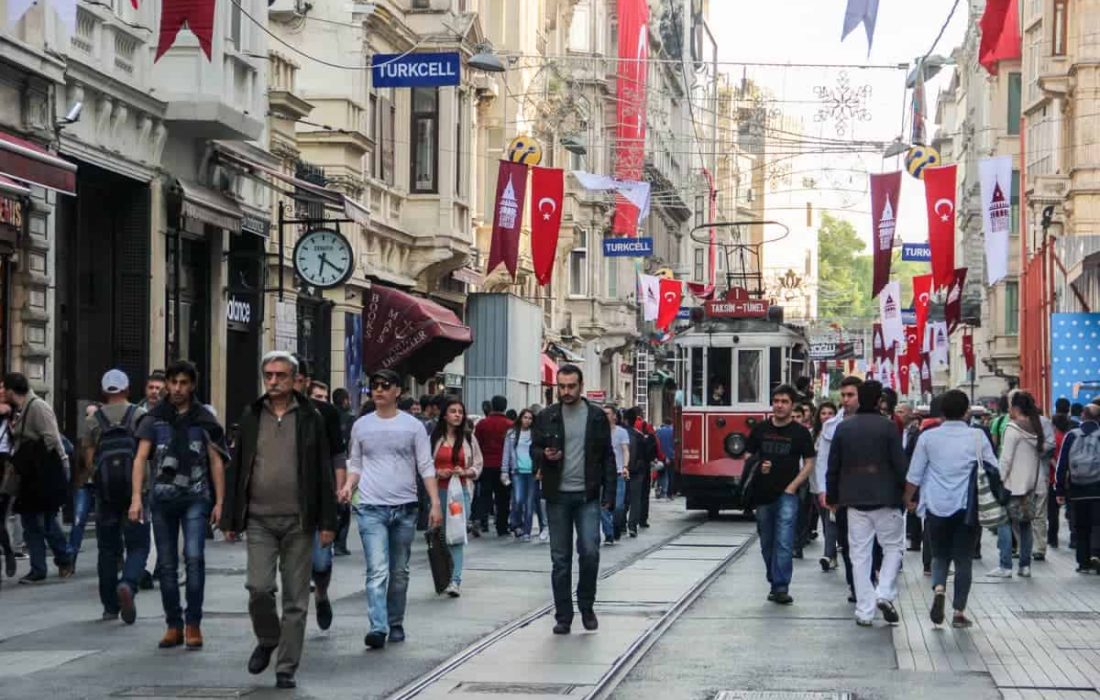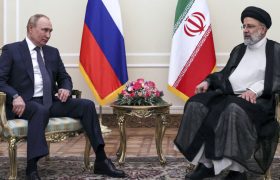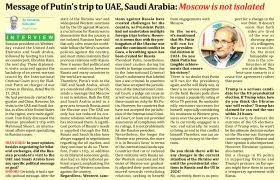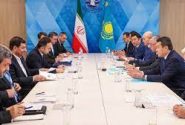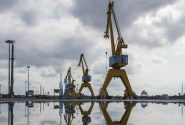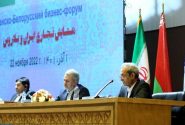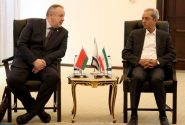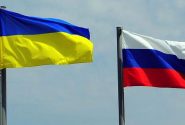By: Saman Kamdar
Introduction
Throughout history, people have traveled to improve their lives, discover fertile lands, access better nutrition, and ensure safety. The earliest settled communities emerged along the Tigris and Euphrates, as well as the banks of the Nile River and along with that tourism initially developed for city-to-city commuting, establishing trade markets, visiting sacred sites, and participating in festivals. What began as a means to meet nutritional needs evolved into migrations for fertile lands. Over time, changes and progress influenced the tourism sector, diverting people’s interests. In Turkey, since the early years of the republic, the tourism industry has experienced rapid growth. However, before this period, western travelers were consistently drawn to Ottoman lands for political, cultural, and economic reasons, finding fascination in the civilization. During the 16th and 17th centuries, individuals from the West ventured into Ottoman territories independently, without the aid of guides or traveling in groups. This trend was not limited to free-spirited travelers; officials, scientists, clergymen, and archaeologists also explored the Ottoman Empire, particularly Istanbul and Asia Minor (Anatolia), driven by diverse motivations such as political interests, religious pursuits, and other reasons. This brief piece examines the history of tourism and travel in Turkey subsequent to the collapse of the Ottoman Empire and with the beginning of the presidency of Mustafa Kemal Atatürk.
Turkey, positioned between the 36th and 42nd parallels in the northern hemisphere, covers an area of 780,000 square kilometers. It is surrounded on three sides by an 8,350-kilometer coastline and sits at the intersection of Asia, Europe, and Africa. The lesser European segment is termed Thrace, and the larger peninsula, recognized as Anatolia or Asia Minor, is acknowledged as one of the main destination of the tourists during the last few decades. The connection between empire and travel has a longstanding history. One notable example is the Ottoman Empire, which, established in the fourteenth century and persisting until just after World War I, played a crucial role in enabling mobility. During this period, citizens traveled for various reasons such as trade, family visits, and religious pilgrimages. The elite class might have even undertaken travel for leisure purposes (Nance, 2007, 1056-7). Turkey is a haven of sun, sea, mountains, and lakes, preserving the remnants of the Roman, Byzantine, and Ottoman. In this regard, after the Ottoman empire, Turkey has emerged as a prominent tourist destination in Europe. The swift progress of both summer and winter resorts has made Turkey’s rich history, and picturesque sites accessible to an increasing number of people worldwide.
Tourism in Turkey during interwar and pre-planned period
Eric Zuelow states in his book that, democratic states, like fascist and communist ones, showed interest in tourism and leisure, though with differing approaches in interwar period. Historian Gary Cross emphasized that the paid holiday, evolving into a cherished entitlement in Europe post-war, fulfilled a deeply felt social need. Similar to totalitarian countries, leisure in democratic states served as a tool for building loyalty and a sense of shared purpose. Bertrand Russell argued that instead of a leisure class producing a few elites, widespread leisure opportunities could foster kindness and diminish suspicion among ordinary citizens. Tourism, by enabling people to “discover the beauties” of their country, was seen as promoting patriotism and enhancing a sense of national identity (Zuelow, 2016, 143).
In this regard, influenced by democratic states in western countries, tourism promotion in Turkey recommenced after the establishment of the Turkish Republic in 1923. The initiative was led by M.K. Atatürk, the Republic’s founder, who directed the formation of a Travelers Association in 1923. Initially named the Touring and Automobile Club of Turkey in 1930, its primary objectives included preserving the historical and touristic environment, publishing promotional materials like maps and books, and serving as a general information office for tourism in Turkey (Barutcugil, 1984, 116).
In 1934, tourism affairs were first integrated into public administration in Turkey through the establishment of a Tourism office under the Ministry of Economy. Subsequently, in 1939, the Directorate of Tourism was created within the Ministry of Commerce. By 1943, the General Directorate of Press, Information, and Tourism was established as an organization directly linked to the Prime Ministry. The initial legislative effort to promote tourism in Turkey was the Bill of Promotion of Tourism Establishments dated 24th March 1950. Concurrently, in the same year, a Tourism Credits Fund was founded with an initial capital of one million Turkish liras.
In studies about the evolution of tourism in Turkey, researchers often categorize it into two main periods. The time before 1960 is referred to as the Pre-Planned Period, while the period from 1960 onwards is labeled as the Planned Period (Soyak 2013: 10). During the Pre-Planned Period (1923–1950), significant advancements in tourism were challenging to achieve (Güler, 2023, 278). These years were marked by political instability, frequent periods of war, and the emergence of domestic and foreign economic, political, and social issues following the establishment of the Republic of Turkey. Consequently, tourism activities faced impediments and could not flourish to the desired extent (Dalgın et al. 2015, 177).
Between 1955 and 1981, the hindered development of tourism in Turkey was influenced by political instability and varying levels of commitment. The absence of a clear and cohesive policy put Turkish tourism at a notable disadvantage compared to its Mediterranean counterparts, such as Greece. Before World War II, Greek tourism primarily centered around Athens and nearby archaeological wonders like the Acropolis. Consequently, hotels were concentrated in Athens (Dritsas). Similar to Greece, Turkey had a substantial tradition of European tourism, extending back to the modern period with the establishment of Istanbul’s Pera Palas hotel in the nineteenth century. This hotel, designed to cater to the refined preferences of Europeans concluding their Orient Express journey, reflects Turkey’s historical ties to European tourism (Wharton, 2001, 13-19). This institution could have prepared Turkey for the rise of mass tourism in the post-World War II era, often linked with the introduction of jet travel, but it failed to do so. An unmistakable sign of the absence of a cohesive tourism policy became evident in the 1950s when the Istanbul Hilton was inaugurated. Conrad Hilton, with the approval of the Turkish government, brought in capital and tourism expertise. While Turkish tourism seemingly gained from the hotel’s establishment in Istanbul, the government seems to have overlooked the chance to integrate the country into the global tourism stream in the 1950s—a period when Greece and Spain were already planning for the era of mass tourism (Wharton, 20-38).
Despite the apparent benefits that Turkish tourism derived from the hotel’s establishment in Istanbul, it seems that the government missed the opportunity to connect the country to the global tourism stream in the 1950s. This is noteworthy, especially considering that Greece and Spain were already planning for the era of mass tourism during the same decade (Ward, 2006, 157).
Cycle of planning, management, and flourishing- planned period
Turkish tourism policy took a decisive turn in the 1960s with the initiation of the nation’s five-year economic plans, starting from the inaugural plan (1963-1967) and extending to the second plan (1968-1972). Financially, the first plan earmarked slightly over two percent of the economic outlay for the period to foster tourism development. Government-directed efforts in the tourism sector underscored the significance of tax incentives for approved projects, including hotels, restaurants, and attractions. Additionally, access to low-interest loans was facilitated, originating from both the federal treasury and loans provided by the American-based AID (Akoglu, 38-41).
During the 1970s, Turkey faced economic challenges, but after the 1980 military coup, Turgut Ozal’s appointment as prime minister brought stability. Ozal aimed to shift the Turkish economy from an inward to an outward focus, emphasizing market-oriented policies. His efforts increased Turkey’s export production and particularly focused on developing the tourism sector. Ozal removed barriers that hindered domestic and international capital in tourism, implemented policy changes to encourage foreign investment, and facilitated institutional collaboration, such as with the World Bank in Antalya. In 1982, a law was enacted to incentivize tourism development, leading to the construction of numerous hotel rooms in Turkey during the 1980s (Ward, 2006, 162).
The epoch spanning 1980–1990 witnessed an unprecedented surge in the evolution of the Turkish tourism sector. Within this temporal expanse, the bed capacity catapulted from 56,000 to an impressive 173,000, while the influx of tourists to the country soared from 1.2 million to a staggering 5.3 million. Delving into the sixth quinquennial development plan (1990–1994), conspicuous emphasis was laid upon diversifying tourism through alternative types. Paramount objectives encompassed the augmentation of a highly skilled workforce, the refinement of infrastructure and superstructure, the enhancement of managerial proficiency in touristic establishments, a boost in facility occupancy rates, and the extension of the tourism season (Dinçer and Cetin 2015, 14).
Between 2000–2005 articulated aspirations geared towards ensuring the enduring and robust progression of the tourism sector, coupled with an earnest commitment to foster sustainable tourism activities during this chronological juncture. In the contours of the ninth development plan (2007–2013), health tourism assumed pivotal significance as alternative tourism types garnered encouragement. Simultaneously, discernible policies emerged, manifesting in the augmentation of income per tourist and the provision of high value-added services (Güler, 2023, 280). The sector’s growth rate, however, incurred a setback, dwindling to 1% in 2008 due to an amalgamation of factors, including terrorism, natural calamities, surging oil prices, and currency exchange rate fluctuations. (Destek and Ajansı 2010, 4).
Finally, in the tenth development plan (2014–2018), the focus is on elevating the quality of the skilled workforce, facilities, and services in tourism with the objective of establishing tourism as an international brand. Throughout the ten five-year development plans, Turkey has made significant advancements in the tourism sector, resulting in increased tourism revenues (Dinçer and Cetin 2015, 26). Projections suggest a continued surge in travel, reaching 1.6 billion in 2020 and an anticipated 2.6 billion by 2050.
About the Author: Saman Kamdar Is An Independent Researcher And Expert On Middle Eastern Affairs. Currently, He Is Studying And Researching On History (With More Focus On Early Modern & Modern) As A Graduate Student At The University Of Padova, Italy.
References:
Akoglu, Tunay. “Tourism Policy and Tourism Planning in Turkey.” In Promotion of Tourism in Turkey, 20-61. Istanbul: The Economic and Social Studies Conference Board, 1969.
Barutçugil, İ. S. “Tourism in Turkey: The past, present and the future.” Uludağ Üniversitesi İktisadi ve İdari Bilimler Fakültesi Dergisi 5, no. 1 (1984): 115-128.
Dalgın, T., Karadağ, L., & Bingöl, Z. “Türkiye’de Turizm Girişimciliğinin Gelişimi ve Turizmle İlgili Sağlanan Teşvikler.” Muğla Sıtkı Koçman Üniversitesi İktisadi ve İdari Bilimler Fakültesi Ekonomi ve Yönetim Araştırmaları Dergisi 4, no. 1 (2015).
Destek TBY, and Ajansı T. “Türkiye Turizm Sektörü Raporu.” Erişim Adresi: http://www.miceplatform.com/Images/Doc/Turizm-Sektoru.pdf.
Dinçer, M. Z., and Cetin, G. “Kalkınma Planlarında Turizm.” In Değişik Perspektifleriyle Turizm Politikası Ve Planlaması, edited by D. Küçükaltan, H. Çeken, and S. O. Mercan, 171–192. Ankara: Detay, 2015.
Güler, E.G. “Overview of Turkey’s Tourism History.” In History of Accounting, Management, Business and Economics, Volume I: Accounting, Finance, Sustainability, Governance & Fraud: Theory and Application, edited by K.T. Çalıyurt, Springer, Singapore, 2023. https://doi.org/10.1007/978-981-99-3346-4_13.
Nance, Susan. “A Facilitated Access Model and Ottoman Empire Tourism.” Annals of Tourism Research 34, no. 4 (2007): 1056–77.
Soyak, M. “Uluslararası Turizmde Son Eğilimler ve Türkiye’de Turizm Politikalarının Evrimi.” 2013.
Ward, Evan R. “Delayed Gratification: The Evolution of Turkish Tourism Policy, 1955-2005.” Insight Turkey 8, no. 1 (2006): 156–67.
Wharton, Annabel Jane. Building the Cold War: Hilton International Hotels and Modern Architecture. Chicago: University of Chicago Press, 2001.
Zuelow, E. Eric, G. A history of modern tourism, 2016, Palgrave MacMillan


